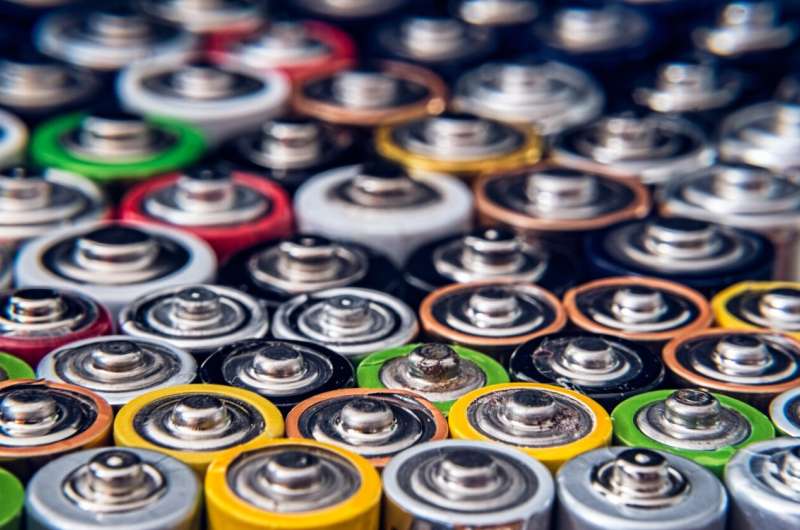Credit: Unsplash/CC0 Public Domain
Alkaline and zinc-carbon batteries are common in many self-powered devices. However, once a battery is discharged, it is no longer usable and is discarded. According to estimates, nearly 15 billion batteries are produced and sold worldwide annually. Most of these end up in landfills and some are salvaged for valuable metals. However, although these batteries are not usable, there is usually a small amount of energy left in them. In fact, about half of them contain as much as 50% energy.
Recently, a group of researchers from Taiwan investigated the feasibility of recovering this energy from single-use (or primary) discarded batteries. Led by Professor Chien-Hsing Lee from NCKU, Taiwan, the group focused its research efforts on this front to promote a circular economy for discarded batteries.
The researchers, in their study, proposed a new method called "self-adaptive pulse discharge" (SAPD) that can be used to determine the optimal values of two key parameters—pulse frequency and duty cycle—that determine the discharge current from the discarded batteries. A high discharge current, simply put, amounts to a high amount of recovered energy.
"Draining small remaining energy from household batteries is a starting point for waste reduction, and the proposed energy recovery method serves as an effective tool to reutilize a large number of discarded primary batteries," says Prof. Lee, explaining his motivation behind the study, which was published in IEEE Transactions on Industrial Electronics.
A new approach to extracting residual energy from waste batteries could serve as a starting point for waste reduction research. Credit: National Cheng Kung University (NCKU)
Additionally, the researchers built a hardware prototype for their proposed approach that was used to recover the remaining capacity of a battery bank capable of holding at least 6 and at most 10 batteries of different brands. They managed to recover between 798–1455 J of energy with a recovery efficiency between 33%– 46%.
For a discarded primary cell, the researchers found that the short-circuit discharge (SCD) method had the highest discharge rate at the beginning of the discharge cycle. However, the SAPD method showed a higher discharge rate at the end of the discharge cycle. By using the SCD and SAPD methods, the energy recovered were 32% and 50%, respectively. However, upon combining these methods, 54% of energy was recovered.
To further validate the feasibility of the proposed method, a few discarded AA and AAA batteries were chosen for energy recovery. The team could successfully recover 35%–41% of the energy from discarded batteries. "While there seems to be no advantage in draining a small amount of energy from a single discarded battery, the recovered energy significantly increases if a large number of waste batteries are exploited," says Prof. Lee.
The researchers suggest that there could be a direct link between the recovery efficiency and the remaining capacity of discarded batteries. As for the future implications of their work, Prof. Lee speculates that "the model and the prototype developed can be applied to battery types other than AA and AAA. In addition to different types of single-use batteries, rechargeable batteries, such as lithium-ion batteries, can also be examined to provide more information about the variability among different batteries."
More information: Chien-Hsing Lee et al, An Approach to Recover Energy From Discarded Primary Batteries Before Being Disassembled, IEEE Transactions on Industrial Electronics (2021). DOI: 10.1109/TIE.2021.3088367
Provided by Cactus Communications
























